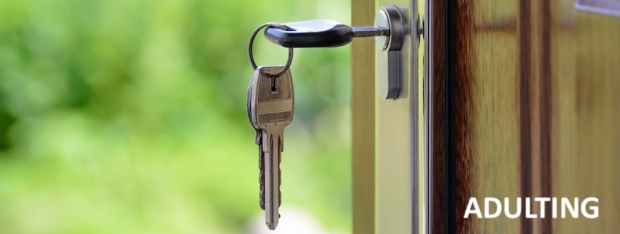
I left about 1 kg of marinated chicken breast in the fridge for almost a week – having forgotten about it. It was closed in an air-tight container and I thought I’d try roasting it anyways. It turned out to be pretty good! In fact better and crispier than what I’ve previously done.
It was time and the ingredients which helped to draw moisture out of the chicken to the right level such that the roasting brought out a better texture and flavour. And it dawned on me how many things in life do take time and a combination of things to get better. In the modern world where everything seems rushed for time, I’d seek out these things that takes time and become exponentially better because things that compound non-linearly are usually undervalued.
Which is probably why marinated meats while often having been kept longer, actually fetch a higher price. Well actually there’s more to it than that but I’m just pointing out an arbitrage opportunity that our modern lives seem to produce.








